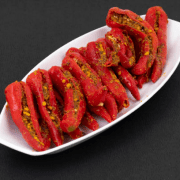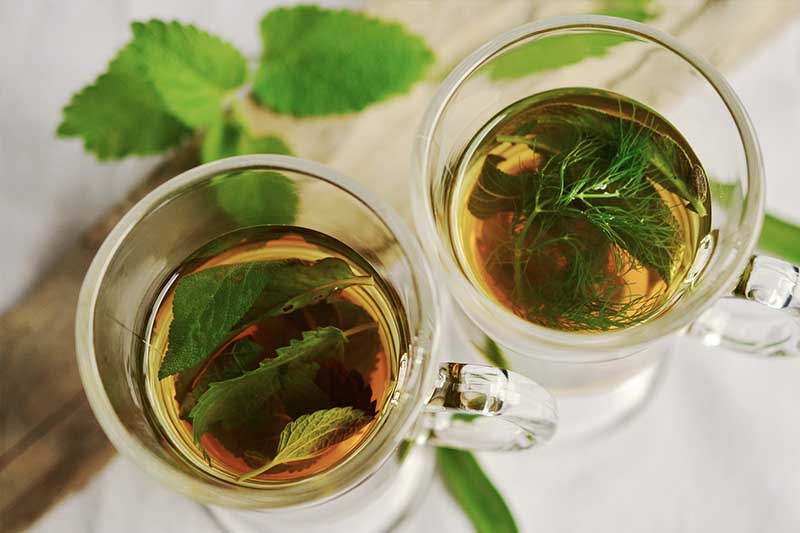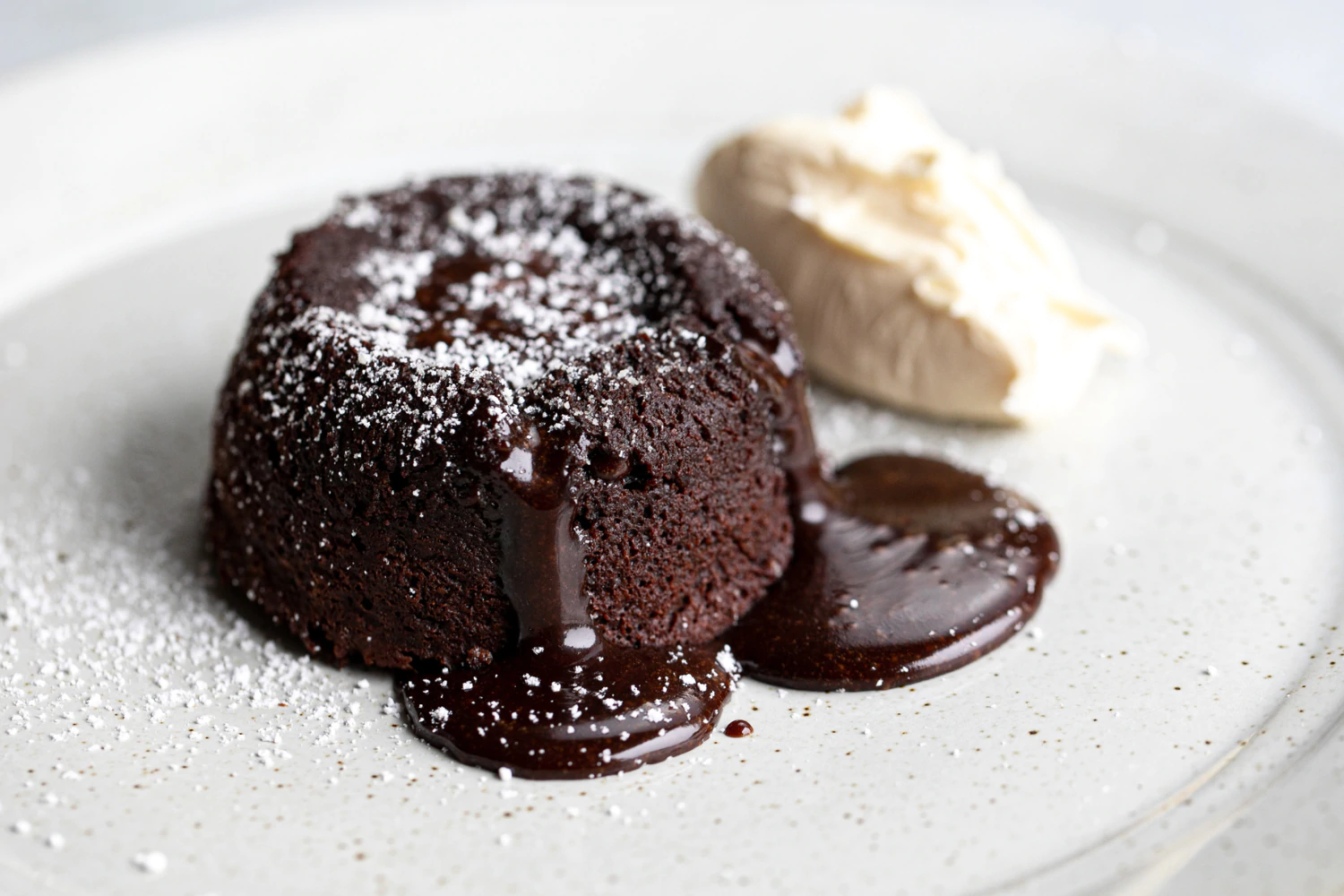The Mughlai cuisine of today is known for its sumptuous flavours and royal history. This culinary speciality, which was first developed in the kitchens of the Mughal emperors, has introduced India to a range of cooking styles, ingredients, and tastes that have influenced modern Indian cuisines. But how exactly has this type of cuisine shaped what we eat today? Let us look at the long-lasting mark of Mughlai cuisine influence on contemporary Indian culinary heritage.

What are the main features of Mughlai cuisine?
In order to understand how it has influenced Indian cuisine, it’s important to know what makes Mughlai cuisine different from others. It relies heavily on exotic spices, thick gravies, and complicated cooking techniques. Biryani, kebabs, and korma are some dishes that exemplify this type of food, known for their deep, rich flavours and luxury presentation.
From the early 16th century to the mid-19th century, when they ruled India, the Mughal Emperors were definitely gourmet eaters. Their kitchens were a blend of Persian, Turkish, and Indian cooking traditions, resulting in exotic yet savoury meals. Eventually, these recipes found their place as an integral component of Indian food tradition, going beyond just royal courts.
How has Mughlai cuisine influenced traditional Indian food culture?
The Mughlai impact on Indian food culture is far-reaching and multifaceted. Here are several essential ways in which this happened:
Use of Rich Ingredients: The greatest contribution made by the Muslim invasions was introducing non-indigenous ingredients, which are now basic elements in almost all indigenous dishes. Ingredients like saffron, dry fruits, or nuts used in so many different forms by Indians at present were only reserved for people who lived in palaces before.
Cooking Technique Refinements: Mughlai cuisine was accompanied by refined cooking techniques that called for slow cooking and layering of flavours. These techniques, such as dum (slow cooking in a sealed pot) or bhuna (spice frying at a slow pace), have been adopted throughout India, thus shaping the way many traditional dishes are made.
Biryani and Kebabs Have Evolved: The biryani and kebabs are perhaps the most iconic dishes of Indian food, which came from Mughlai cuisine. These were initially tailor-made to suit the royal taste buds, but with time, they have assumed different shapes throughout the country. Biryani and kebabs vary all over India, where each has a unique kind produced according to local tastes.
Modern Mughlai Dishes in the Footsteps of Yesterday’s Past
By reimagining old Mughlai flavours in novel ways, we create contemporary variations of this classic dish, ensuring its continued enjoyment even today. Here are some popular modern favourites among food lovers that represent this genre:
Butter Chicken: Butter Chicken is one of the most loved dishes in Indian cuisine and is an excellent example of how Mughlai flavours have been altered for present-day palates. This dish retains the opulence associated with Mughal cuisines while appealing to modern cravings with its creamy tomato sauce and juicy chicken pieces.
Paneer Tikka Masala: A vegetarian equivalent to Chicken Tikka Masala, Paneer Tikka Masala borrows from Mughlai cuisine by incorporating grilled paneer (cottage cheese) and a thick spiced gravy. It’s a common dish in most Indian homes and restaurants.
Shahi Tukda: It is a contemporary twist on the traditional Mughlai dessert. Made up of bread that has been fried, soaked in milk mixed with saffron, and garnished with dry fruits, this dish encompasses all the indulgence of Mughlai.
Galouti Kebab: Originally designed for an emperor without teeth, Galouti Kebab is characterised by its tender texture. Nowadays, some versions of this dish call for innovative ingredients like avocado or truffle oil, which adds a certain modernity to an age-old kebab recipe.
Why should foodies in Bangalore try Mughlai cuisine?
Bangalore has a variety of food experiences that allow food lovers to enjoy the rich heritage of Mughlai cuisine. From posh eateries specialising in traditional Mughlai dishes to mobile vendors who offer new-fashioned items, there are options for everyone.
For those wishing to go deeper into the world of Mughlai cuisine, the HOGR app will prove invaluable. The application will enable you to not only find out where you can get tasty Indian foods but also give information about culinary festivals happening at particular times of the year, which will help you access various tastes from different cultures.

How can you experience the influence of Mughlai cuisine?
Experiencing the impact Mughal cuisine had on modern Indian meals goes beyond having something to eat; it’s experiencing one part of our rich history around what we eat today. When eating Biryani, enjoying Butter Chicken, or trying any modern version of a traditional Mogul meal, you are actually tasting some kind of historic relevance.
To indulge fully in the flavours of Mughlai cuisine, download the HOGR app and begin your culinary journey. With HOGR, you can explore the best of Bangalore’s food scene, discover hidden gems, and stay connected with the latest trends in Mughlai and other Indian cuisines.
The presents not only reveal how Mughlai cuisine has influenced modern Indian dishes, but also help foodies in Bangalore taste through the HOGR app. They just need to download this app, and they will enjoy all these experiences while eating out at some top-class Mughlai restaurants around town.
Also Read- Unraveling the Flavors of Mughlai Egg Bhurji: A Culinary Delight

















[…] to have started in the Mughal kitchens, this bread pudding is a wonderful mix of Indian and Persian tastes. Crisp bread slices […]